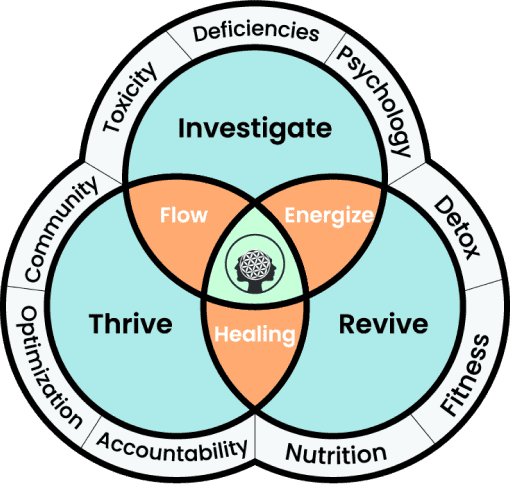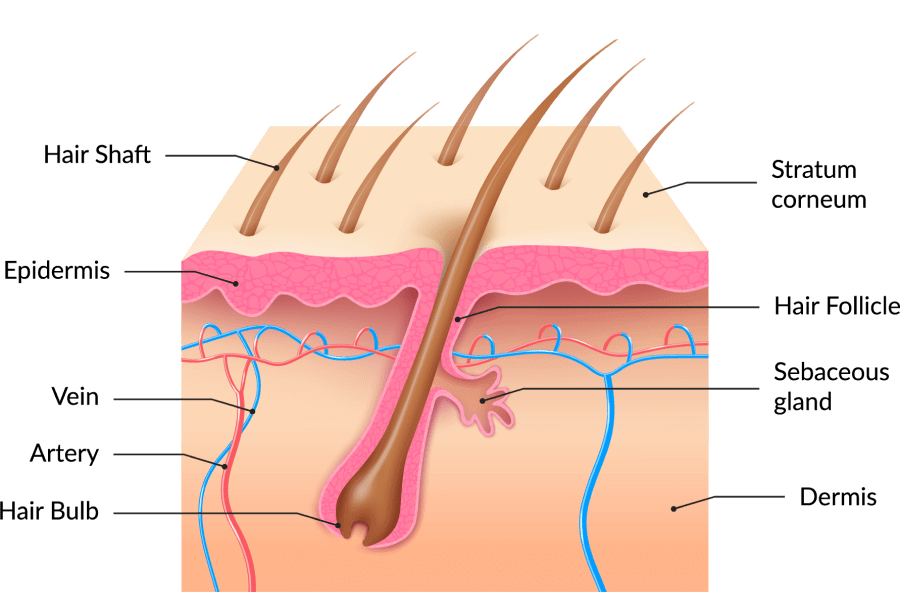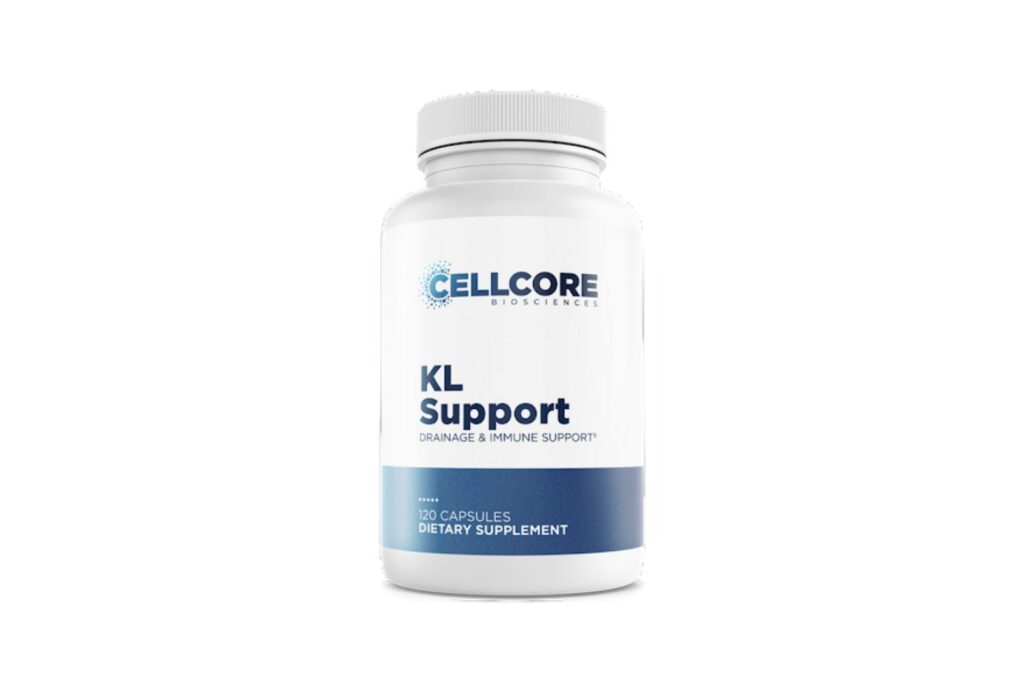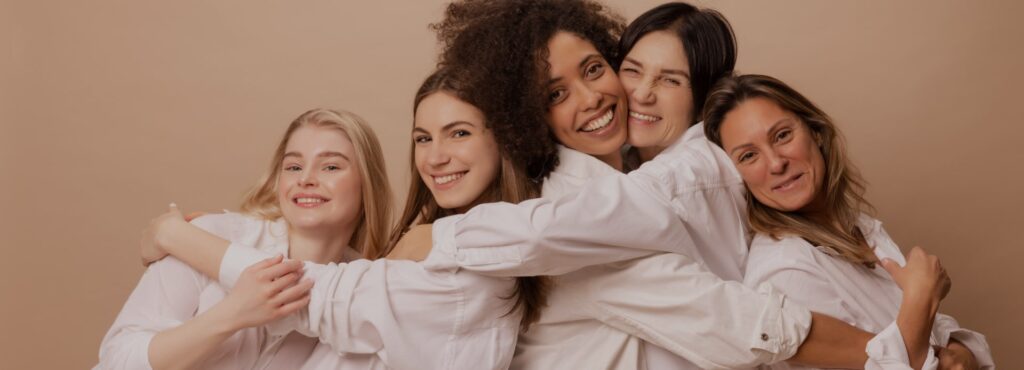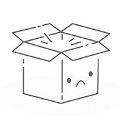Effective options stimulating hair growth after chemotherapy is a great way to regain confidence. Many women experience hair loss after cancer treatment, and we’ll explore different ways to deal with it.
How does chemotherapy cause side effects?
Chemotherapy is a systemic medication. As it travels through the bloodstream, it reaches every part of the body. It is a form of cancer treatment that can cause hair loss. This is because it can damage the hair follicles and cause them to shrink. The hair may fall out in large clumps or be lost in small patches. Some people experience permanent hair loss after chemotherapy treatment.
Chemo may cause hair loss all over your body — not just on your scalp. Sometimes your eyelashes, eyebrows, armpit, pubic and other body hair also fall out. Some chemotherapy drugs are more likely to cause hair loss, and different doses can cause anything from mere thinning to complete baldness.
This blog contains a first-hand interview with a breast cancer survivor of 20 years.
Healthy Cells vs. Cancer Cells
Chemotherapy targets active cells. Active cells grow and divide following the average course of the cell cycle. Both cancer cells and healthy cells go through the cell cycle. The growth rate of cancer cells typically exceeds that of healthy cells, which makes it easier for chemo to attack them. Normal cells, however, may be damaged as well. Among them are the cells in your blood, mouth, digestive system, and hair follicles.
During chemo, damaged healthy cells result in side effects that include hair loss, vomiting, and nausea. Like a tumor, the hair follicle is a highly active structure with a host of cells that frequently divide to produce the growing hair.
What are the common side effects of chemotherapy?
You experience side effects while undergoing chemotherapy based on the prescribed combination of drugs. These side effects vary by drug and/or combination of drugs. Every individual is unique, meaning the same drug may cause different results in each patient.
12 Common side effects include:
- Fatigue
- Hair Loss
- Pain: Headaches, Stomach & Muscle pain
- Mouth and throat sores
- Diarrhea
- Constipation
- Nausea and vomiting
- Blood disorders
- Nervous system effects
- Sexual and reproductive issues
- Loss of Appetite
- Heart Problems
How does a patient receive chemotherapy?
Finding out that you are going to undergo chemotherapy can cause you to feel overwhelmed or worried. However, learning more about this type of cancer treatment may help you feel more prepared and less anxious.
Most chemotherapy drugs are administered through a needle inserted into a vein, called intravenous or IV. It can also be taken as a pill, capsule, liquid by mouth, injection, shot, or as a cream put directly on your skin.
We interviewed a 20-year cancer survivor named Dianne who graciously shared her experience from cancer treatment to recovery. Here’s what she had to say:
“My treatment was through an IV. The needle was inserted into a vein that could be quite painful because there were instances when my vein collapsed, so the nurse had to locate another one. There was a time wherein it took three attempts, so I felt like a pincushion,” she jokingly said.
If you are getting IV chemotherapy for the first time, you should bring a friend or family member. They can support you and help you remember information. You might need someone to drive you home if you’ve been given medications before your chemotherapy treatment that can tire you.
You may also bring items that make your treatment time easier such as a phone, a tablet, books, or a blanket.
“During my chemo sessions, I checked into a hospital room for half a day, and the drip took about 4-5 hours. To keep me occupied, I took along a PlayStation console with games while my friends who knew of my confinement dropped by to bring food and kept me company.”
Can cancer patients expect to lose their hair?
A person might not realize how important their hair is until they are faced with losing it. Cancer patients undergoing chemotherapy are very likely to lose their hair after being diagnosed with cancer, men and women both express concern about hair loss.
Hair usually starts falling out between two and four weeks after you begin treatment.
There is a possibility that it will fall out very rapidly in clumps or gradually. The hair will likely accumulate on your pillow, in your hairbrush or comb, or your sink or shower drains. Your scalp might feel tender.
In the case of a cancer survivor diagnosed with Stage 2 breast cancer, six rounds of chemotherapy were prescribed, followed by a lumpectomy after the second cycle. The first two rounds were to see if the tumor would shrink. The remaining four resumed a few weeks after the surgery. “I only started experiencing the side effects after the third cycle. I noticed the hair on my pillow when I got up in the morning. It also fell as I ran my fingers through my head. While taking a shower, strands of hair fell off, too.” she explained.
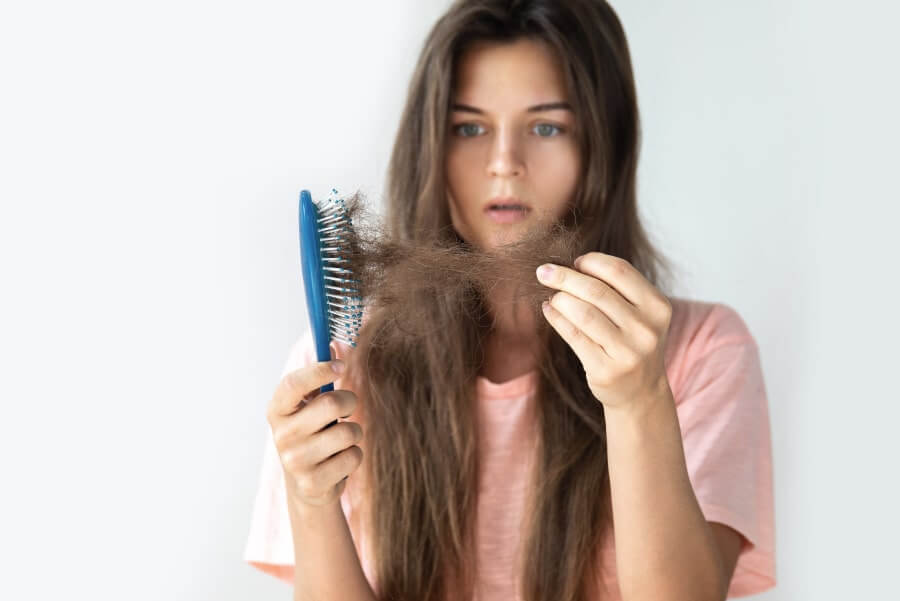
What are the ways to prepare for hair loss?
Understanding what to expect and being prepared can help reduce stress from chemo-related hair loss.
Look into cold caps and scalp cooling systems.
Manual cold caps and scalp cooling systems are tightly fitting hat-like devices filled with a cold gel or liquid coolant worn during chemotherapy infusion.
Cold caps and scalp cooling systems work by narrowing the blood vessels beneath the scalp’s skin, reducing the amount of chemotherapy medicine that reaches the hair follicles. With less chemotherapy medicine in the follicles, the hair may be less likely to fall out. The cold also decreases the hair follicles’ metabolic activity, which makes the cells divide more slowly and protects the follicles from chemotherapy.
Consider cutting your hair short before you begin chemotherapy.
Short hair appears fuller than long hair. Therefore, if you have short hair, it won’t be as noticeable when your hair falls out.
“My hair was falling out and in patches, so I called my Dad and asked him to accompany me to get my head shaved. I didn’t want my hair to grow unevenly, so let’s do this,” she said.
“I’ve always sported short hair, so losing it completely wasn’t such a big deal.”
Get a few head coverings, such as scarves, hats, and turbans.
In cases where you have no hair or have less hair, a head covering may make you feel more comfortable.
“At one point, scarves were part of my OOTD (outfit of the day), so I acquired some in different colors and designs. But, when I got tired of tying them & thinking of which to use, I finally purchased a wig.”
Pick out a wig before you begin chemo.
It is possible to hide hair loss with wigs and, depending on their style, length, and color, help you resemble yourself before your treatment or create a brand new appearance. Wigs can also act as sun and cold-air shields for your scalp.
“When I shopped for wigs, I picked one long enough for my hairstylist to cut closest to my desired hairstyle. I didn’t want to look too different from my usual self pre-treatment.”
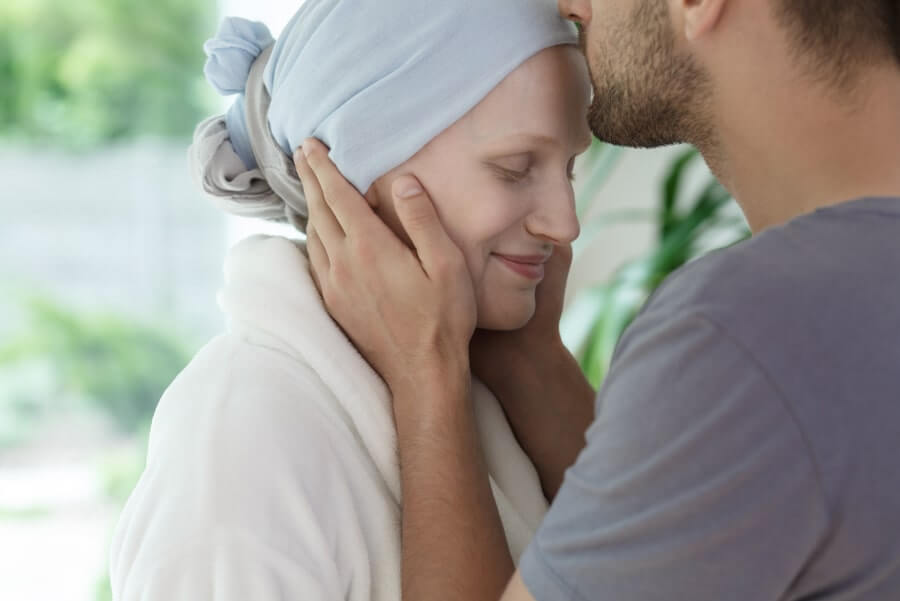
What percentage of cancer patients undergoing chemotherapy lose their hair?
Approximately 65% of individuals undergoing chemotherapy will experience chemotherapy-induced hair loss, which is usually temporary and completely reversible when therapy ends.
Cancer treatment can result in hair loss depending on the drugs used and the treatment regimen. A noticeable hair loss usually occurs within days to weeks of therapy, with the loss becoming complete three months after the start of treatment.
How long does hair grow back after chemo?
Hair growth after chemo (and other body hair, such as pubic hair, eyelashes, and eyebrows, if you lost them too) varies significantly from one person to another. Here’s a typical timetable for hair regrowth on the head:
- 3–4 weeks after chemotherapy ends: soft fuzz
- One month to 6 weeks after natural hair starts to grow
- 2–3 months after about an inch of hair
- 3–6 months: about 2–3 inches of hair
- 12 months: 4–6 inches of hair
You may notice a change in color, texture, or volume of the hair on your head when it grows back. If you were dying or chemically treating your hair before you started chemotherapy, you might be surprised to see what your natural hair looks like when it grows back.
“A few months after the chemo cycles were over, I noticed regrowth on my head. When the hair grew about an inch long, my mother touched my head and said that the texture was better than before.”
“Despite having worn a wig for several months, I decided to get rid of it and went all-natural. I received praises for being daring and pulled off my new look.”
Most of the time, chemo-induced hair loss is temporary. Once the chemo effects of the treatment have worn off, hair often returns to its original appearance. But some people have incomplete hair regrowth. And sometimes, permanent baldness and loss of eyebrows and eyelashes can occur, particularly in people who received Taxotere.
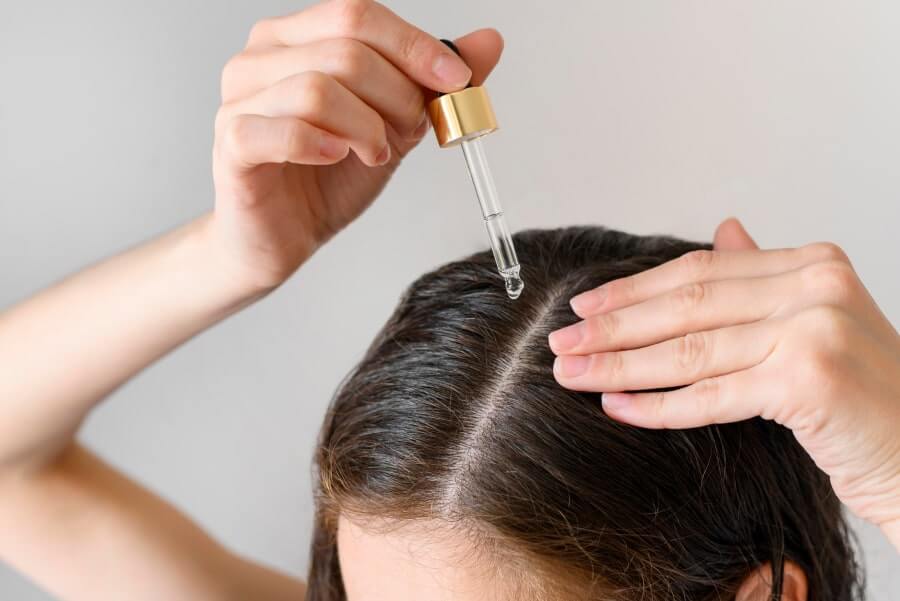
What helps stimulate hair growth after chemo?
Chemotherapy can be very effective in treating cancer, but it is not without its side effects. Hair loss is one of them, but there are ways to deal with it. Listed below are a few products that may help to stimulate hair growth after chemotherapy.
Modicum Essential Recovery: Head & Scalp – This formula is plant-based, vegan, and cruelty-free. This nourishing and soothing oil helps stimulate blood circulation at the hair follicles and promotes regrowth while calming the irritated scalp.
Pure Encapsulations Hair/Skin/Nails Ultra – The hair/Skin/Nails Ultra formula contains biotin, vitamin C, zinc, copper, and highly bioavailable folate. Also included are nutrients you may not get from diets alone—such as coenzymeQ10 (hair & skin), grape seed extract (skin), silica (skin and nails), and PABA (hair).
Designs for Health H-S-N Complete – Combines a wide array of vitamins, minerals, amino acids, and botanicals to provide the building blocks necessary for healthy hair, skin, and nails, which are all protective components of the body.
While it is impossible to predict exactly how each individual will respond to chemotherapy, understanding the average hair growth timeline can help cancer patients and their families prepare for the changes they may experience.
Several helpful products and resources are available to those who lose their hair during chemo. With time and patience, most people will eventually regrow all or most of their hair. Let us know what’s been effective for your hair regrowth journey.


